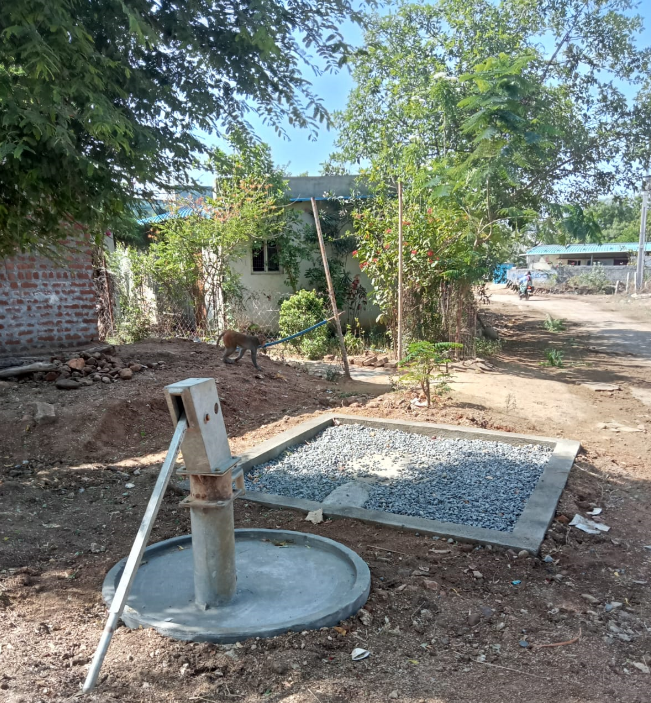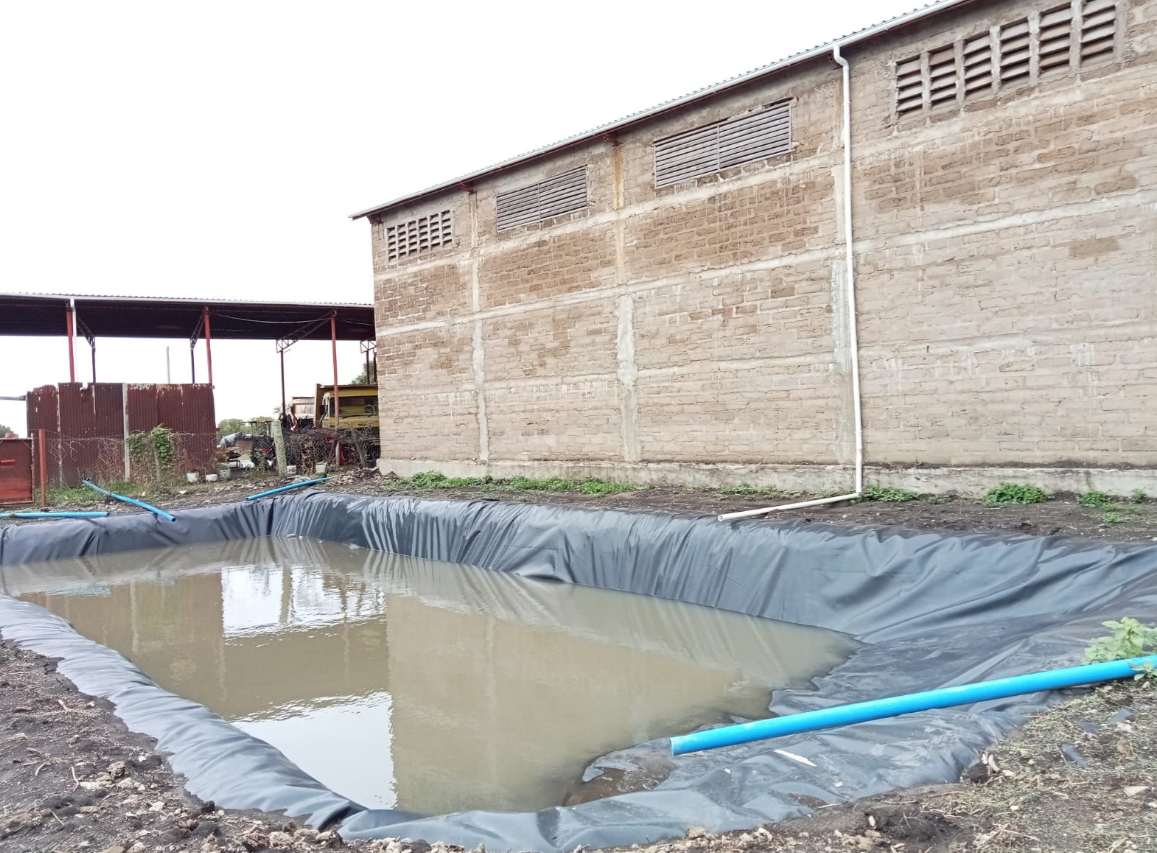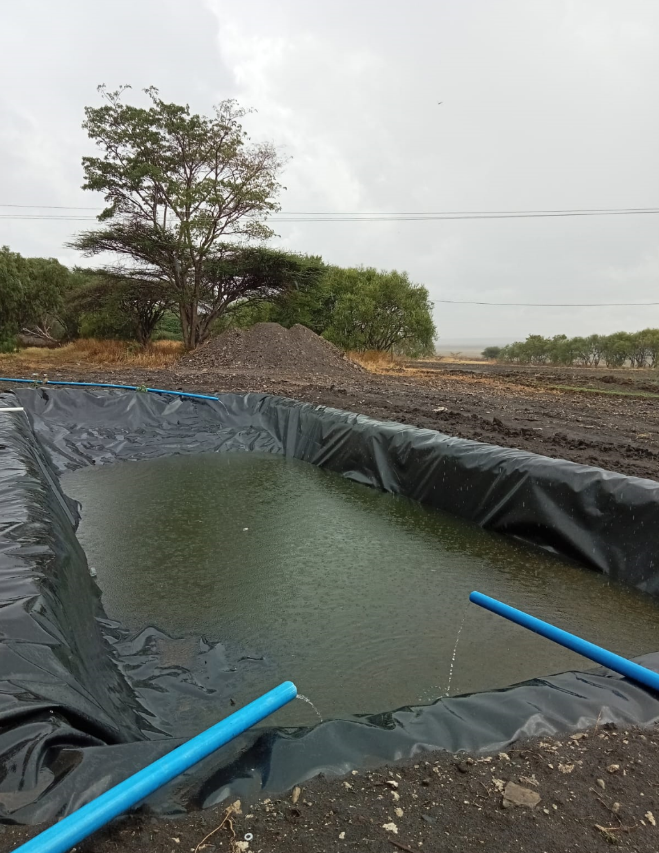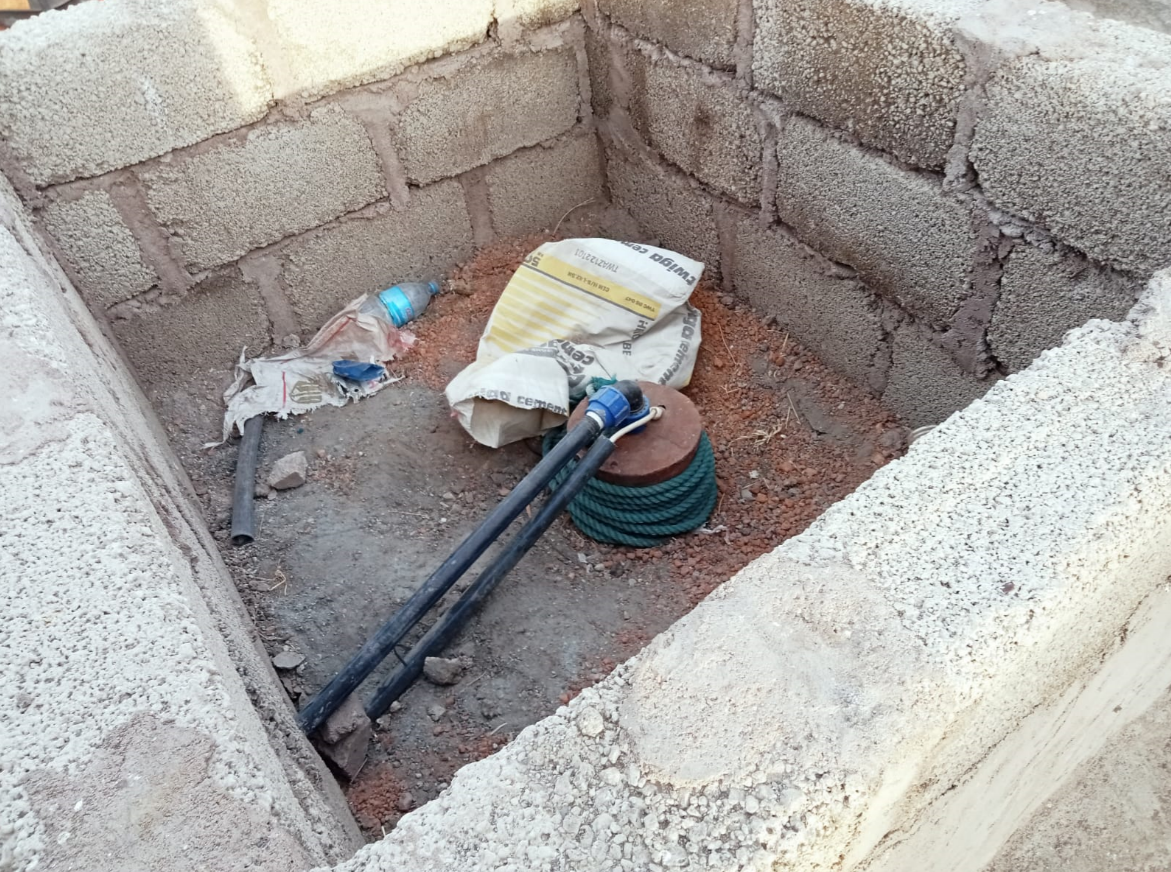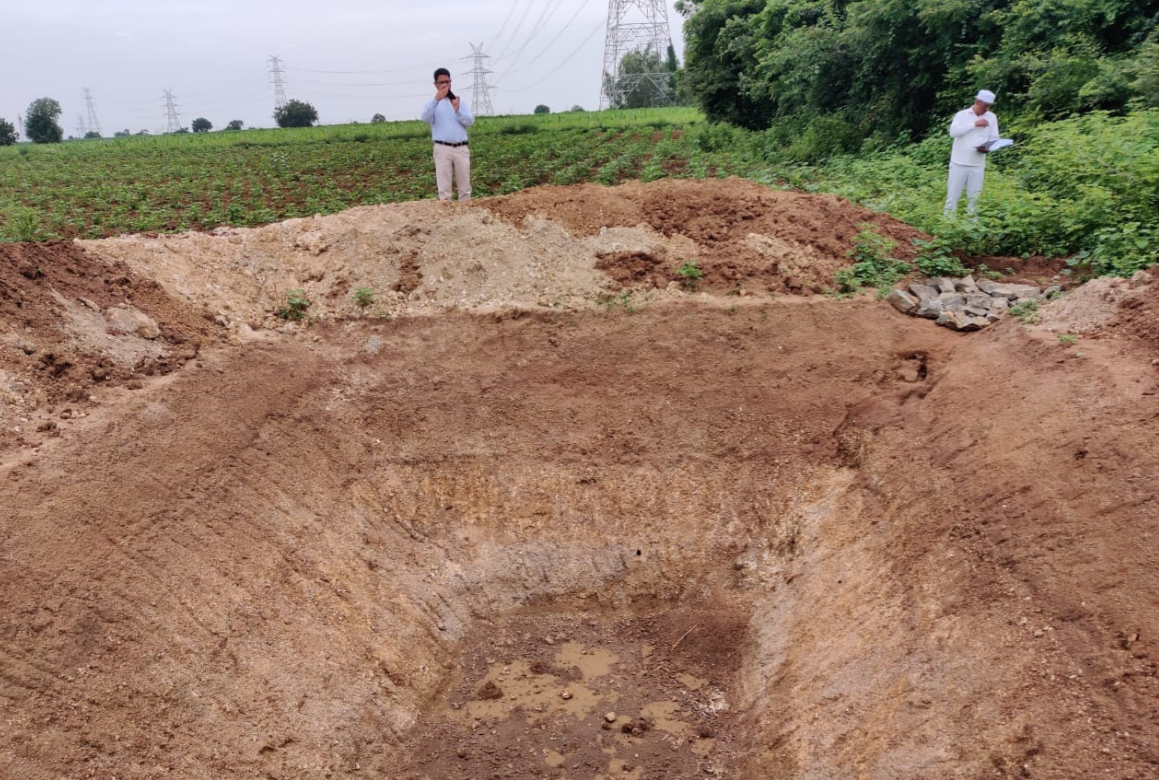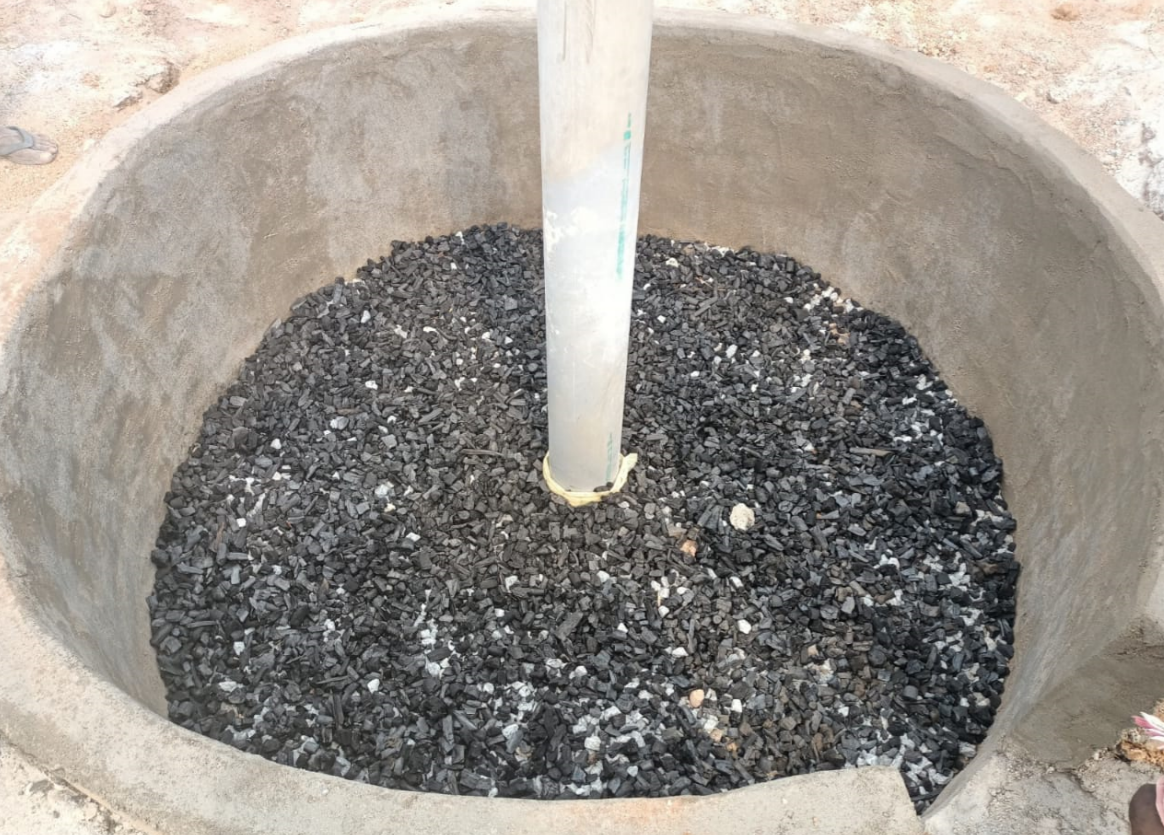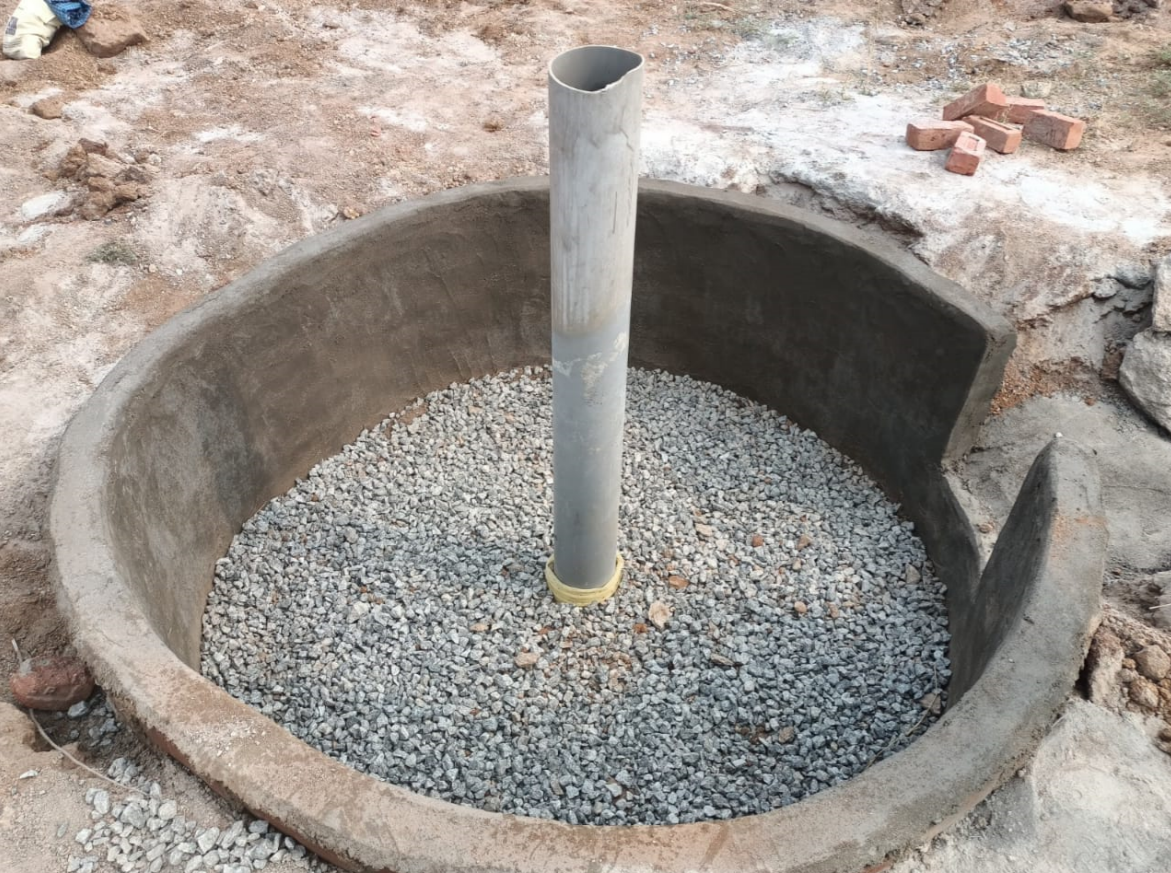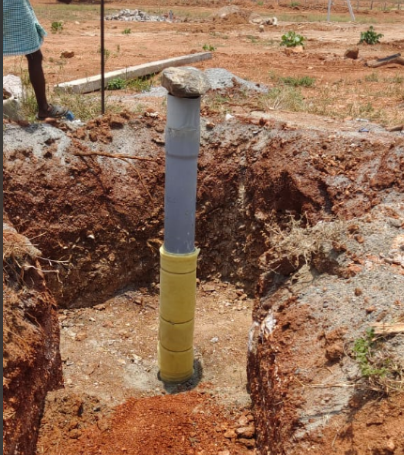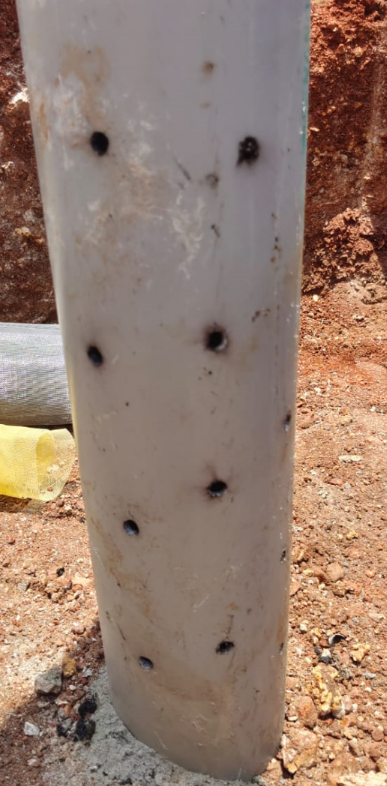Groundwater recharge refers to the process by which water from precipitation, surface water bodies, or irrigation infiltrates into the soil and percolates down to replenish the groundwater reservoirs or aquifers. It is a natural process that helps maintain the water balance in the groundwater system and sustain the availability of groundwater for various uses. Groundwater recharge is a critical component of sustainable water management, especially in regions where groundwater is a significant source of water supply. Here are the key aspects and methods of groundwater recharge: Natural Groundwater Recharge: Infiltration: When rainwater falls on the ground, a portion of it infiltrates into the soil. The rate of infiltration depends on factors such as soil type, land use, vegetation cover, and the intensity and duration of rainfall. Percolation: Once the water infiltrates into the soil, it percolates downward through the unsaturated zone until it reaches the water table, which is the upper surface of the saturated zone where groundwater is present. Recharge from Surface Water Bodies: Groundwater recharge also occurs when surface water bodies, such as rivers, lakes, and ponds, overflow during periods of high flow or flooding, allowing water to infiltrate into the adjacent soil and recharge the groundwater. Artificial Groundwater Recharge: Rainwater Harvesting: Capturing and storing rainwater through various techniques, such as rainwater harvesting systems, rooftop harvesting, and check dams, can enhance groundwater recharge. Managed Aquifer Recharge (MAR): Managed Aquifer Recharge involves intentionally recharging groundwater by diverting excess surface water during the wet season or treated wastewater during the dry season into the aquifers through infiltration basins, recharge wells, or injection wells. Percolation Ponds and Recharge Basins: Constructing percolation ponds and recharge basins in suitable locations allows surface water to be retained and allowed to infiltrate into the groundwater system. Recharge Wells: Recharge wells are constructed to directly inject water into the aquifers, bypassing the unsaturated zone. These wells are often used in areas where the unsaturated zone has low permeability. Trenches and Pits: Creating trenches and pits in suitable locations to capture and channel runoff or rainwater into the ground can facilitate groundwater recharge. Groundwater recharge is essential for maintaining the sustainability of groundwater resources, especially in areas where groundwater is heavily relied upon for drinking water, agriculture, and industrial purposes. However, it is crucial to manage groundwater recharge activities carefully to avoid overloading the aquifers and ensure the quality of the recharged water. Proper assessment of the hydrogeological conditions and adherence to sustainable practices are essential for effective and long-term groundwater recharge initiatives.
